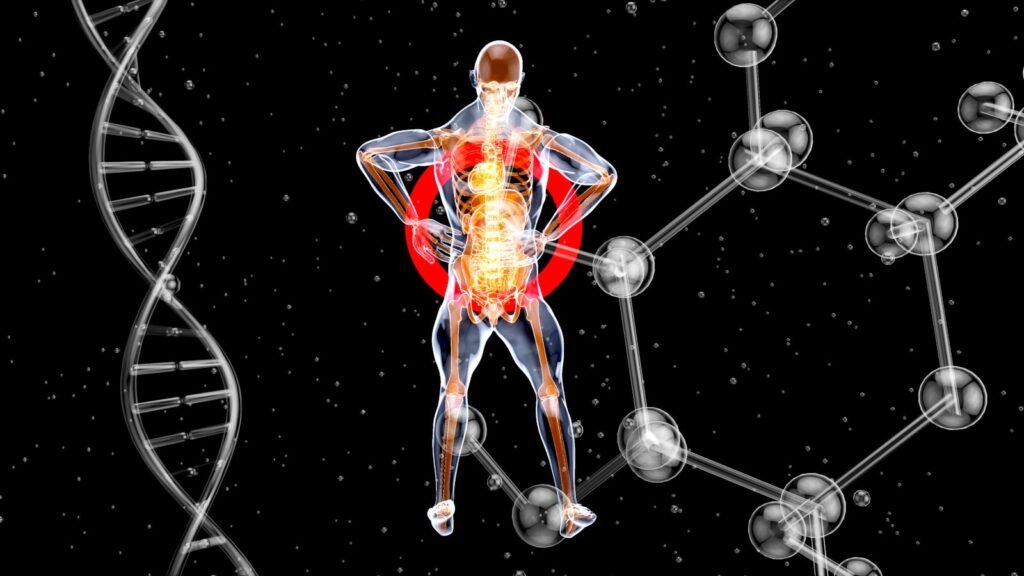I have to confess: my curiosity got the best of me when I stumbled across a headline that sounds straight out of science fiction—Vladimir Putin and Xi Jinping discussing immortality. I thought, surely this is clickbait or satire. But as I read through a Popular Mechanics article titled “Vladimir Putin and Xi Jinping Are Seeking Immortality—And They Believe They’re Closer Than Ever to Achieving It,” I realized there was a serious thread of scientific hope, myth, political aspiration, and futuristic ambition intertwined in the narrative. In what follows, I’ll walk you through what the article claims, what science actually supports, and where the boundary lies between hopeful dreams and overreaching fantasies.
The Hot-Mic Revelation: What Putin and Xi Supposedly Said

In a moment of unscripted candor, a private whisper leaked onto public broadcast. During a military parade in Beijing, Vladimir Putin’s translator relayed to Xi Jinping that “human organs can be continuously transplanted” and that “the longer you live, the younger you become, and [you can] even achieve immortality.” Xi, in turn, is quoted as saying that some expect humans to live up to 150 years in this century.
This exchange reportedly took place in the presence of North Korea’s Kim Jong Un, though it’s uncertain whether the latter understood or participated in the translation. The entire moment was broadcast by China’s state broadcaster CCTV—meaning the world might have overheard a discussion intended to be private.
What makes this remarkable is not merely the claim, but the ambition behind it: world leaders with long tenures implying that biotechnology can transcend death. If taken seriously, it points to an audacious political vision—one where longevity may translate into maintaining power indefinitely.
Yet from a scientific lens, the situation appears much more complex—and far less glamorous—than a conversation about eternal life suggests.
The State of Organ Transplants: Hurdles, Realities, and Limits
One of the core ideas in that hot-mic moment was that organs could be swapped out indefinitely, essentially renewing one’s body over time. But in reality, the transplant ecosystem is severely strained.
Supply constraints and logistical challenges: Thousands of donated organs go unused each year—not because of lack of need, but because surgeons often turn down organs deemed suboptimal or too damaged. In the U.S., for instance, an average of 13 patients per day die while waiting for a transplant.
That suggests the system is already pushed to its limits, which makes the idea of an infinite organ pipeline hugely optimistic.
Immune rejection and biological wear: Even when a transplant succeeds initially, the recipient’s body tends to resist or degrade the new tissue over time. Chronic issues, immune suppression side effects, and graft failure are common long-term risks. And organs themselves age—meaning a “fresh” heart today might still succumb to decades of stress, disease, or cellular decay. So the real need would be for perfectly matched or even bioengineered organs, not just donated ones.
Hence, simply saying “organ replacement forever” isn’t enough. You’d need breakthroughs in immune compatibility, organ longevity, and perhaps entirely new ways of growing or repairing organs from scratch.
Cutting-Edge Research (and Its Limits) in Longevity Science
The article describes some of the most radical research attempts that get at the core of life extension—and the results are both intriguing and sobering.
Reviving “dead” tissue: A team at Yale successfully revived metabolic activity in pig brains that had been deprived of oxygen for hours, using a system dubbed BrainEx. The neurons began producing proteins and displaying signs of function, though the brains were not conscious—merely biologically active.
This suggests parts of the brain can be reanimated at a cellular level, but we are very far from reinstating consciousness, memory, or true life.
Growing spare parts (bodyoids): To bypass transplant waiting lists altogether, some scientists are proposing “bodyoids”—lab-grown organs from stem cells that are designed not to develop into full brains (to avoid issues of consciousness or suffering). The aim is to produce spare organs or tissues that can plug into an existing human body.
Yet the technological and biochemical challenges are immense: ensuring vascularization, integration, long-term function, and safety remain foundational barriers.
Although longevity research has made great strides—from anti-aging drugs and senolytics to gene therapy and tissue engineering—none of these currently offer even a near-term path to “immortality.” The gap between incremental lifespan extension and eternal life is vast.
Bridging the Gap: What Would Be Needed for “Immortality” to Be Realistic

Let’s be grounded: true immortality—meaning no aging, no death from disease, indefinite extension—is centuries away if ever feasible. However, there are key scientific and technological leaps that would have to occur before it could even be plausible.
Mastering cellular repair and senescence: One of the core drivers of aging is cellular senescence—cells that no longer divide but produce inflammatory signals, damaging their neighbors. A realistic longevity regime would need not just to slow senescence, but actively reverse or eliminate it safely. This would involve highly targeted gene therapies, regenerative medicine, and perhaps engineered “cleanup” processes to reset cell populations.
Seamless integration of artificial and biological systems: Even if we could grow new organs or tissues, integrating them seamlessly into an aged body (with existing blood vessels, nerves, immune contexts) is extremely hard. Neural integration, vascular connectivity, and immune acceptance would all have to be exceptionally precise. Then there’s the question of restoring or preserving memory, cognition, and identity—especially if parts of the brain are being renewed or supplemented.
In short: an immortality claim isn’t just about stopping decay. It’s about creating a self-repairing, adaptive organism that can withstand internal and external stresses over millennia.
Why Immortality Remains (for Now) Science Fiction, and What We Can Learn
After examining both the sensational claims and the more grounded science, here’s where I draw the line—and what the future might realistically hold. The fantasies outpace the facts: The conversation between Putin and Xi may make for compelling headlines, but in 2025, we still lack the foundational tools for real immortality. Transplants, organogenesis, cellular revival—these are advancing fields, but they’re far from enabling centuries of life. The moment the article captures is more a symbolic gesture than a roadmap.
Yet progress matters: That said, longevity science is pushing boundaries. Treatments that delay aging, regenerate tissues, or mop up senescent cells could extend healthy human life significantly—even if they can’t deliver eternal life. That means more years lived in good health, not just more years in frailty.
Broader ethical, political, and social elements: The aspiration for immortality raises questions about access, inequality, social structure, and governance. Who gets to live longer? What does succession look like? How do you maintain social cohesion if lifespans diverge dramatically? These aren’t just scientific questions—they are human ones.
While world leaders may flirt with the idea of eternal life, the current state of biotechnology—organ transplants, brain revival experiments, lab-grown tissues—falls far short of true immortality. But that doesn’t mean the pursuit is meaningless: advances in longevity science may still reshape human lifespans, health, and society in ways we cannot yet fully predict.

Hi, I’m Andrew, and I come from India. Experienced content specialist with a passion for writing. My forte includes health and wellness, Travel, Animals, and Nature. A nature nomad, I am obsessed with mountains and love high-altitude trekking. I have been on several Himalayan treks in India including the Everest Base Camp in Nepal, a profound experience.




